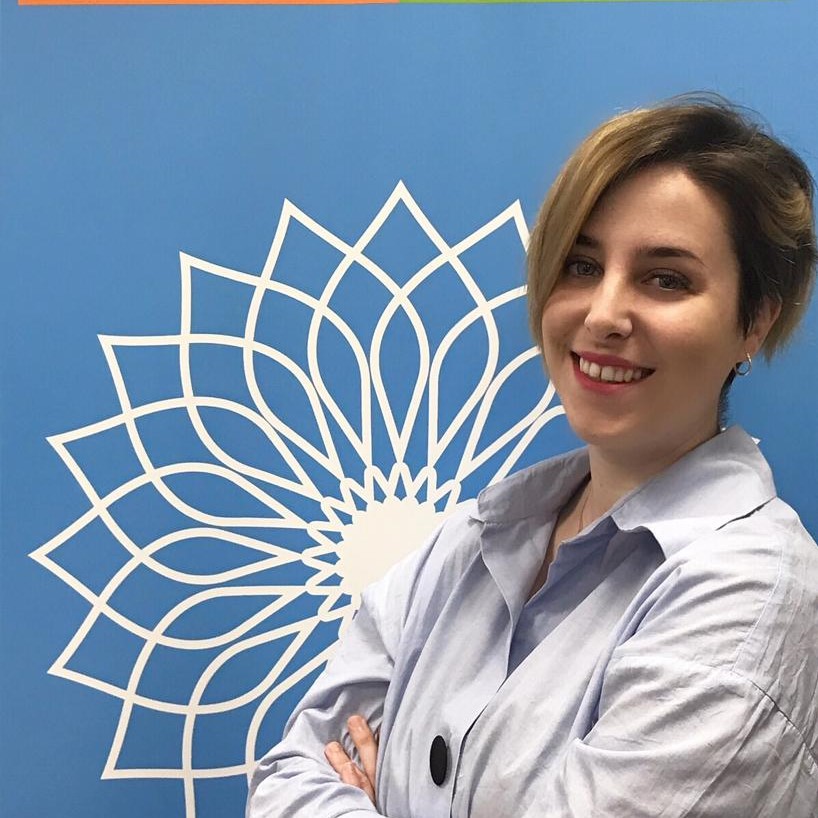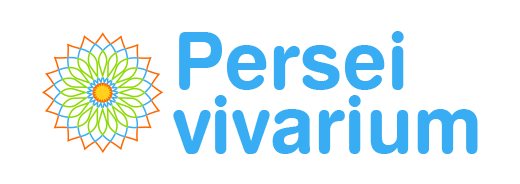Challenges and benefits of patient education using technology platforms
by Jessica Herráiz, September 16, 2020

Increasingly, in recent times, we are observing that patients want to be more informed and involved in their disease, demanding information and education on a voluntary and individual basis using different sources and platforms.
In this context, patient education using technology platforms has become a reality, and this is possible thanks to the progress taking place in technology in different environments, specifically in the area of health. This has produced an evolution in the patient profile, which has become more digital over the past ten years. This is confirmed by the report “Citizens in the light of eHealth”, which showed that more than 60% of the population carries out internet searches about their health (this percentage increases among patients younger than 65), and, in most cases, they prefer web resources recommended by their healthcare providers as a reliable and high-quality source.
Taking into account this increased demand for information by patients, and in order to offer accurate information that is based on scientific evidence, which is the main challenge confronting medical professionals in this regard, there have been a lot of initiatives launched over the past few years. One example is “Pacientes Semergen”, hosted by the “Spanish Society of Primary Care Physicians”.
If it is true that there is currently an infinite number of options for patient education, we are beginning to notice that the most effective ones are those that are close at hand, and even better if the content is offered by one’s own physician. Along these lines, there are numerous studies showing how patient education helps improve adherence to treatment, making the patient a participant in diseases like diabetes, for example, as noted in “The effect of education on adherence to pharmacological treatment in patients with Type 2 diabetes”.
Trying to respond to this need, at Persei vivarium we are offering healthcare professionals the possibility of sending validated, high-quality content to their patients via our platform, Caaring®. This tool allows for remote patient monitoring, in addition to providing useful information during the course of the patient’s disease. In this way, the transmission of information is not restricted to the patients’ office visits, and the patients can learn to manage different aspects of their diseases, with information verified by their doctor.
As a result of the situation brought about by COVID-19, the use of technology in healthcare will be greater than it has been over the past few years, as we already pointed out in the article, “What is the future of healthcare after COVID-19?”. In this regard, we have to be able to adapt to the current situation, and put at the disposal of professionals and patients suitable digital platforms that facilitate and improve the way in which diseases are addressed and the understanding that patients have about their own disease. We must do this in a way that is quick, uncomplicated and, above all, secure.
Share

Jessica Herráiz
Business Development
Persei vivarium

